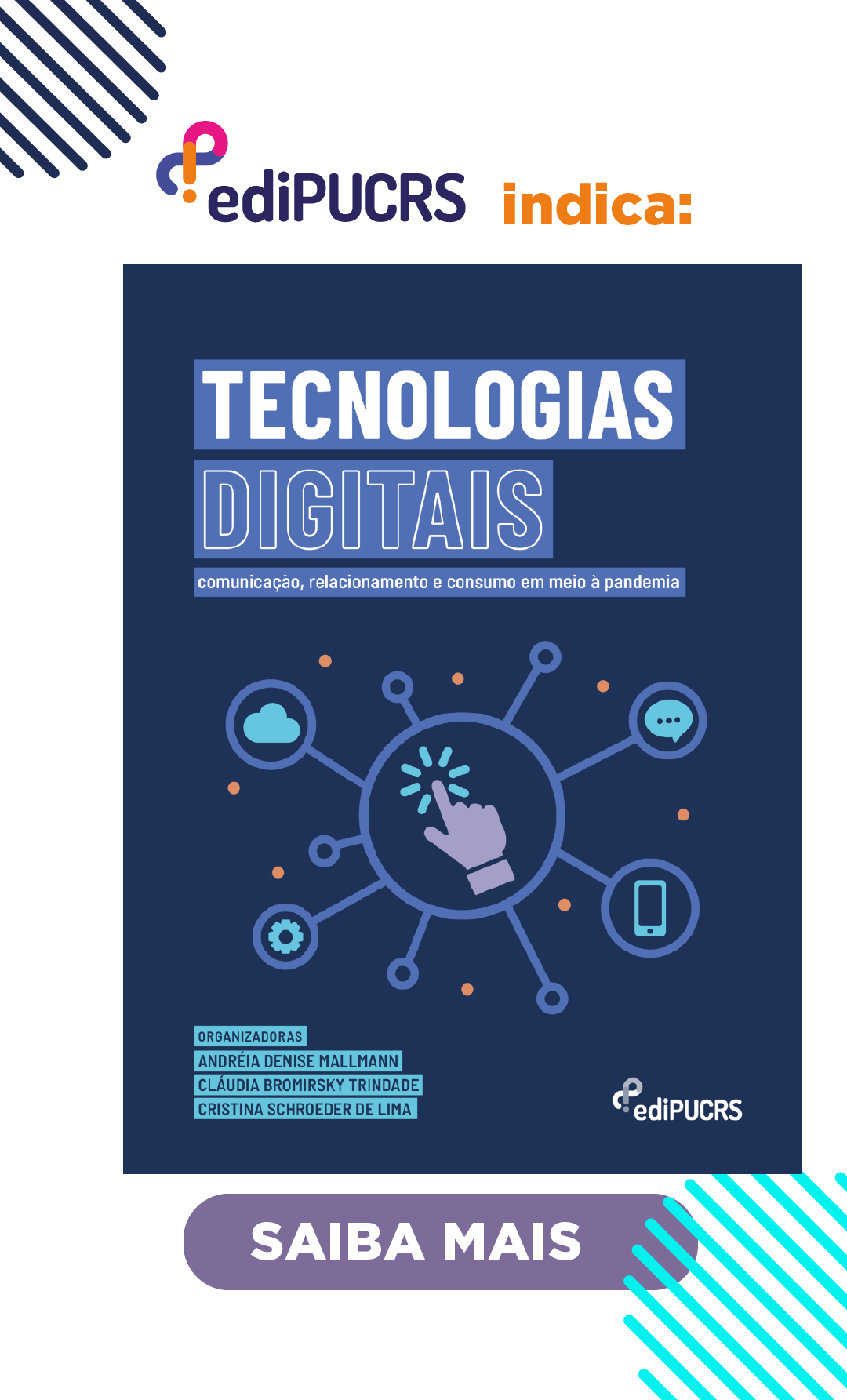The Public Relations discipline: the process and the program
DOI:
https://doi.org/10.15448/1980-3729.1999.10.3035Keywords:
Communication, public relations, teachingAbstract
The mission, and its challenge, to empower public relations teachers and professionals to exercise their teaching and teaching profession resent the lack of a rationale that facilitates dialogue between professors and students. The absence of this logic base impairs the relationship of professionals with their clients and the public relations community with society in general. The inexistence of this rationale impels those who deal with the subject for seemingly certain deductions, but in the reality of mistaken, because they start from wrong premises. This fact is identified in the various works on Public Relations where the conceptual definition of the activity is sometimes equivalent to its objectives, others to its instruments and, even more, to its ethics.Downloads
References
BOORSTIN, Daniel. The Image: A guide to pseudo-events in America. New York: Vintage Books, 1992.
BUNGE, Mario. Teoria e realidade. São Paulo: Perspectiva, 1974.
DEMING, W. Edwards. The new economics for industry, government, education. Cambridge, MA: M.I.T., 1994.
ETZIONI, Amitai. Organizações Modernas. São Paulo: Pioneira, 1978.
FERREIRA, Waldir. Comunicação dirigida: Instrumento de relações Públicas. In: Kunsch, M. (org). Obtendo resultados com Relações Públicas. São Paulo: Pioneira. 1997.
GRUNNIG, James e HUNT, Todd. Managing Public Relations. New York: Holt, Rinehart & Winston, 1984.
HABERMAS, Jurgen. Teoria de la acción comunicativa. Madrid: Taurus, 1987.
KEOHANE, Robert & NYE, Joseph. Power and Interdependence, USA: Harper Collins, 1989.
MARROW, Alfre J. The Practical Theorist - The life and work of Kurt Lewin. New York: Basic Books, 1969.
MINTZBERG, Henry. El poder en la organización. Barcelona: Ariel, 1992.
Downloads
Published
How to Cite
Issue
Section
License
Derechos de Autor
La sumisión de originales para la Revista Famecos implica la transferencia, por los autores, de los derechos de publicación. El copyright de los artículos de esta revista es el autor, junto con los derechos de la revista a la primera publicación. Los autores sólo podrán utilizar los mismos resultados en otras publicaciones indicando claramente a Revista Famecos como el medio de la publicación original.
Creative Commons License
Excepto donde especificado de modo diferente, se aplican a la materia publicada en este periódico los términos de una licencia Creative Commons Atribución 4.0 Internacional, que permite el uso irrestricto, la distribución y la reproducción en cualquier medio siempre y cuando la publicación original sea correctamente citada.






